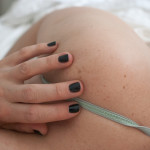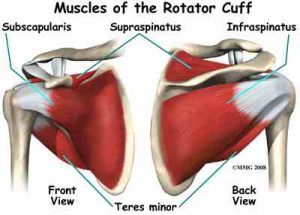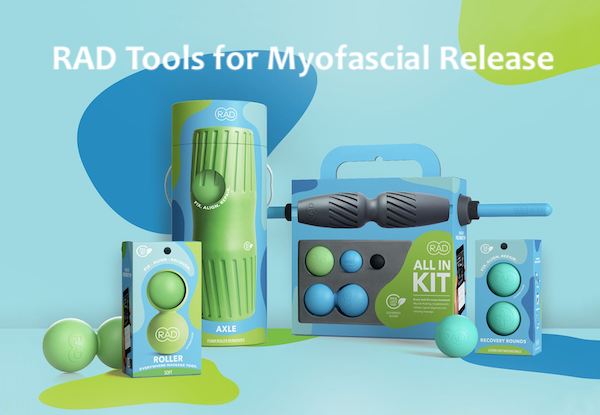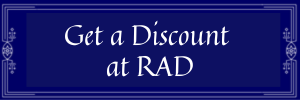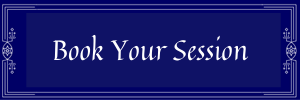Rotator cuff syndrome or shoulder impingement syndrome, is not uncommon for people who do house painting, swim, do weightlifting, play tennis, and any other overhead activity or sport. Living in Boulder offers a lot of opportunity for great outdoor activity. At the same time, participating in sports can also bring on sports injuries, such as rotator cuff and shoulder problems.
According to the Mayo Clinic, the rotator “cuff” is a group of 4 muscles* and tendons that are connecting the upper arm (humerus) to the shoulder blade (scapula). The muscles are allowing the shoulder to move and rotate inward (internal rotation) and outward (external rotation). The tendons provide stability to the shoulder.
*The muscles in the rotator cuff include:
- Teres minor
- Infraspinatus
- Supraspinatus
- Subscapularis
Rotator cuff tendinitis refers to irritation of one of these tendons and inflammation of the bursa (a normally smooth layer) lining these tendons. A tear or inflammation occurs when one of the tendons is torn on a microscopical level (or worse) from overuse or injury.
When the tendon is stretched or inflamed the pain can be persistent and affects everyday activities. Any motion overhead or reaching back can cause pain.
Massage for Rotator Cuff Syndrome
Treatment varies depending on the severity of the injury. While there are plenty of exercises to strengthen the muscles of the rotator cuff, consider coupling exercise with regular massage for your treatment plan. Massage has shown to be beneficial following any muscle injury. Massage to the rotator cuff and surrounding muscles will help to improve the blood flow to the area, which aids healing. In addition, it can break down any scar tissue that builds up, and ease muscle tension.
Deep Tissue massage will not only address the pain and muscle spasms, it will also improve your range of motion limitations. Another option is trigger point compression, which reduces muscle tightness and trigger points. Also, pain-free passive joint movements will help maintain the range of motion.
After 48 hours, heat may help the injured site as well as more direct therapy techniques to reduce adhesions and micro scar tissue, such as direct friction to the muscles and tendons. If you had surgery, the breaking down of scar tissue will start 4-6 weeks post-op.
Between massage treatments for about two to three times a week for three weeks, apply some self-treatments. For example, hydrotherapy stretches, and resistance exercises will keep you on the road to recovery.
Using RAD Tools for Self-Myofascial Release
Are you looking for tools for at-home solutions to self-myofascial release your muscles, such as foam rollers, massage balls or massage sticks?
I like the products from RAD! To get 15% off, use the discount code LIRAZRAD. Click the button below to see their selection. (Disclosure)
If you have pain in your shoulder and you were diagnosed with an injury to a rotator cuff muscle, contact us and let us see if we can help you and offer some release from pain or Book your deep tissue treatment today. Add a 30-minute Hand & Arm Add-On to your session, and that will be a great first step towards your wellness.
I’m looking forward seeing you at me clinic 🙂
Love and Light,
Liraz
Liraz Bergman-Turner is a Licensed Massage Therapist, Reiki Master & Reflexologist. She is the owner of Heavenly Embrace Wellness, a massage and energy healing practice in Boulder, CO.
Liraz is a gifted healer. Her massage was both strong and gentle, anticipating what was needed for each muscle. Her office is beautiful and relaxing. She has all the amenities for pampering and the strength for deep tissue. I loved the essential oils throughout. Highly recommend!



